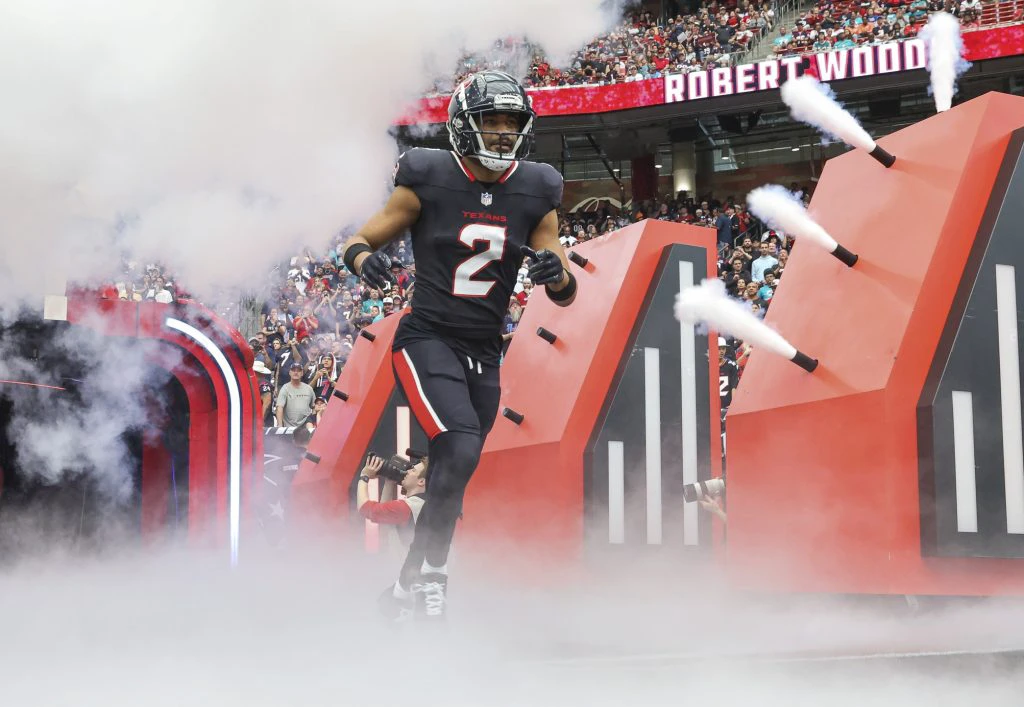Electrifying Acquisition Sparks New Era
A bold move by the Pittsburgh Steelers has stirred excitement and curiosity across the league. The signing of veteran wide receiver Robert Woods on a one-year, $2 million deal has injected renewed optimism into a team continually reinventing its approach.
Fans and critics alike are left to ponder how this acquisition fits into the broader narrative of the organization’s offensive evolution.
Reuniting with Familiar Faces
The move to bring Woods to Pittsburgh is less about coincidence and more a continuation of an intriguing trend. Over the past few seasons, several former Los Angeles Rams wide receivers have found their way into the Steelers’ roster. From the days when players like Van Jefferson, Ben Skowronek, and Allen Robinson frequented the halls of familiar training facilities to today’s calculated signing of Woods, the connection between these West Coast talents and Pittsburgh has grown unmistakable. One commentator noted, “The former WR lands in a great spot,” capturing the unique synergy and potential influence Woods is expected to bring to the team.
West Coast Influence and Strategic Maneuvers
The labyrinthine ties between the Steelers and the Los Angeles Rams extend beyond mere coincidence. Over time, even the employment of athletes with experience from other West Coast teams-Mirroring previous stints with Chargers’ wide receiver Mike Williams-has reinforced this pattern. Notably, there was also serious interest in acquiring high-caliber talents, as evidenced by earlier discussions regarding other prominent figures. Although a trade for Cooper Kupp never crystallized, the enduring trend of West Coast connections seems to guide Pittsburgh’s recruiting strategy. This phenomenon underlines an affinity for players who have honed their skills in diverse, competitive environments.
Coaching Networks and Tactical Implications
At first glance, the repeated integration of former Rams’ receivers might appear random, yet behind the scenes, there are layers of tactical nuance. While one might expect a direct link through coaching philosophies-such as influences from offensive coordinators with ties to the Rams’ system-the reality is more complex. With different coordinators shaping the team’s direction over recent seasons, patterns have emerged that defy simple explanations. The current head coach’s background, intertwined with past roles in various organizations, adds another dimension to the narrative. The interplay between coaching legacies and player recruitment has created a tapestry where the move for Woods is both a practical decision and an emblem of strategic continuity.
A Reflective Future
The signing of Robert Woods encapsulates much more than a routine personnel move; it signals a broader vision of dynamic team-building and innovative offensive planning. As the Steelers continue to harness talent with West Coast pedigrees, they also invite questions about the evolving nature of coaching networks and player trajectories. This blend of familiarity and fresh talent not only reinvigorates the roster but also hints at deeper, underlying strategies shaping the team’s future. In a league where calculated risk and historical linkages often pave the way for success, Pittsburgh’s move leaves spectators with an enduring sense of anticipation and strategic wonder.
